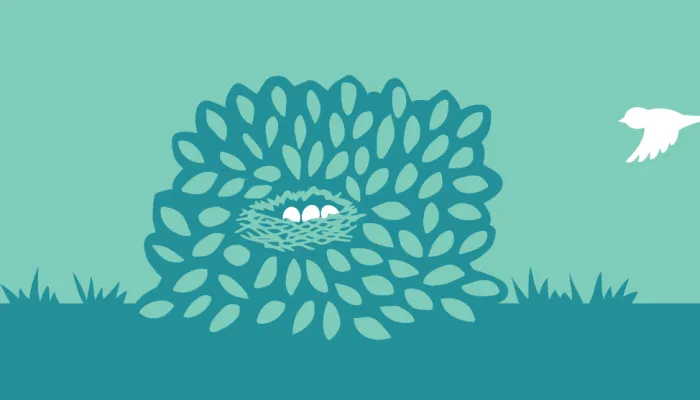
How to help wildlife at school
Whether feeding the birds, or sowing a wildflower patch, setting up wildlife areas in your school makes for happier, healthier and more creative children.

In the spring, birds choose the best locations to build nests, so why not offer them a safe place to settle?
In spring, birds begin to choose the best places to build nests and raise their young. If you’re lucky, one of these spots may well be in a tree, hedge or bush in your garden. As they set-up home, it’s best to try to disturb them as little as possible, and even give them a helping hand along the way!

Whether feeding the birds, or sowing a wildflower patch, setting up wildlife areas in your school makes for happier, healthier and more creative children.

Pots and containers are a great way of introducing wildlife features onto patios, or outside the front door. They are also perfect for small gardens or spaces like window ledges or roofs. Herbs, in particular, make good container plants and attract lots…

Sending letters 'to the Editor' of local newspapers is another great way to speak up for wildife.

Learn a tradition with its roots in the Iron Age and build your own mini dry stone wall to attract wildlife.

Attracting wildlife to your work will help improve their environment – and yours!

Provide food for caterpillars and choose nectar-rich plants for butterflies and you’ll have a colourful, fluttering display in your garden for many months.